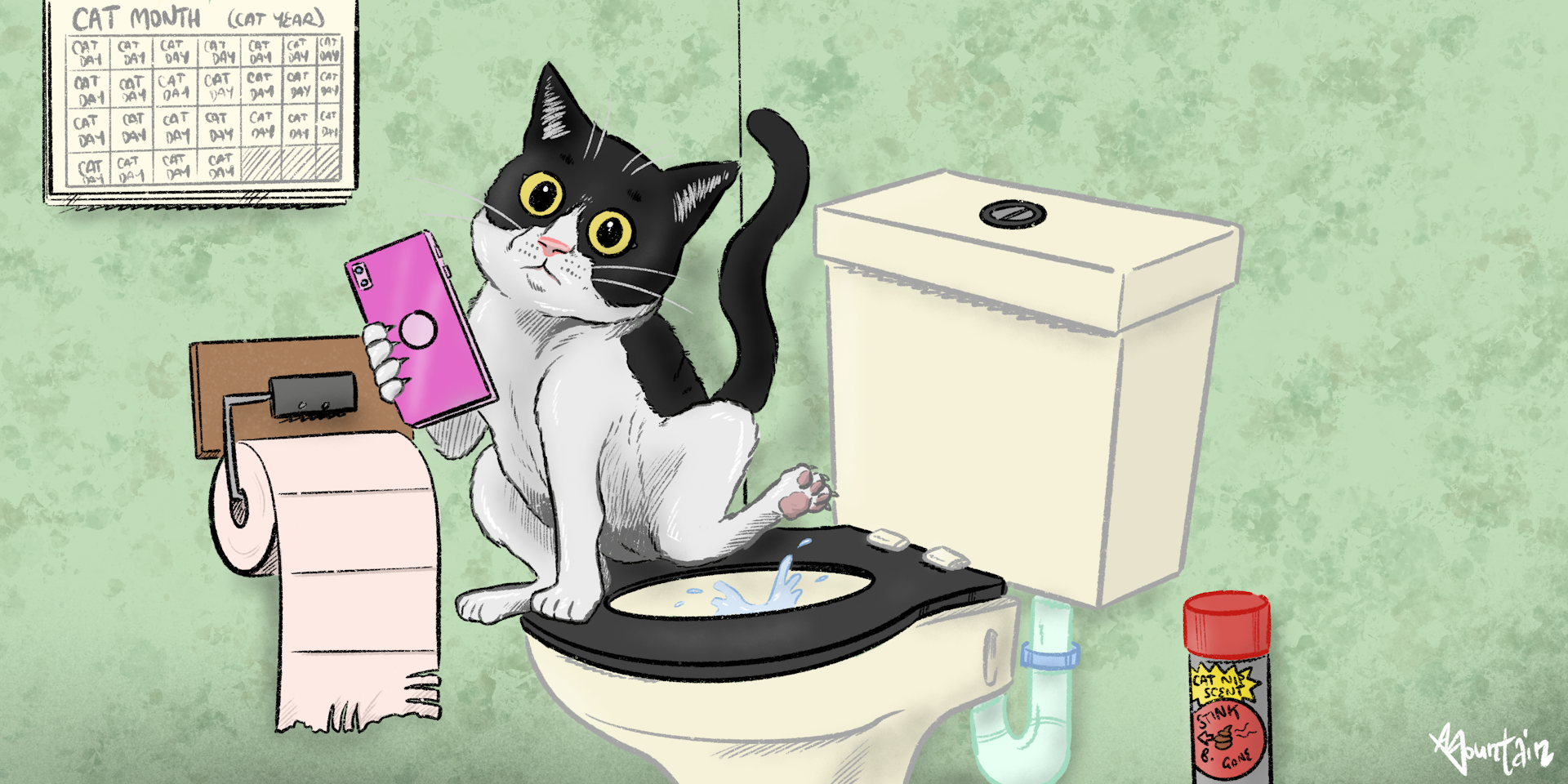What are your thoughts about How to Dispose of Cat Poop and Litter Without Plastic Bags?

Intro
As feline owners, it's important to be mindful of exactly how we throw away our feline friends' waste. While it might appear practical to flush pet cat poop down the bathroom, this practice can have detrimental effects for both the atmosphere and human health.
Alternatives to Flushing
Fortunately, there are much safer and much more liable methods to dispose of feline poop. Consider the adhering to alternatives:
1. Scoop and Dispose in Trash
The most usual method of disposing of feline poop is to scoop it right into a biodegradable bag and throw it in the trash. Make certain to make use of a devoted trash inside story and take care of the waste promptly.
2. Use Biodegradable Litter
Select naturally degradable feline trash made from materials such as corn or wheat. These clutters are environmentally friendly and can be securely taken care of in the trash.
3. Hide in the Yard
If you have a yard, take into consideration burying feline waste in a marked location far from vegetable gardens and water resources. Make sure to dig deep adequate to avoid contamination of groundwater.
4. Set Up a Pet Waste Disposal System
Invest in a pet garbage disposal system particularly designed for pet cat waste. These systems utilize enzymes to break down the waste, reducing smell and environmental effect.
Health Risks
Along with environmental problems, flushing pet cat waste can also present health dangers to human beings. Cat feces may consist of Toxoplasma gondii, a bloodsucker that can cause toxoplasmosis-- a potentially serious ailment, particularly for expecting ladies and people with damaged body immune systems.
Environmental Impact
Flushing cat poop introduces damaging virus and bloodsuckers right into the water supply, posing a significant risk to aquatic ecosystems. These contaminants can adversely influence aquatic life and compromise water quality.
Verdict
Liable family pet ownership expands beyond offering food and shelter-- it likewise entails appropriate waste administration. By refraining from flushing cat poop down the commode and choosing alternative disposal approaches, we can minimize our environmental footprint and shield human health.
Why Can’t I Flush Cat Poop?
It Spreads a Parasite
Cats are frequently infected with a parasite called toxoplasma gondii. The parasite causes an infection called toxoplasmosis. It is usually harmless to cats. The parasite only uses cat poop as a host for its eggs. Otherwise, the cat’s immune system usually keeps the infection at low enough levels to maintain its own health. But it does not stop the develop of eggs. These eggs are tiny and surprisingly tough. They may survive for a year before they begin to grow. But that’s the problem.
Our wastewater system is not designed to deal with toxoplasmosis eggs. Instead, most eggs will flush from your toilet into sewers and wastewater management plants. After the sewage is treated for many other harmful things in it, it is typically released into local rivers, lakes, or oceans. Here, the toxoplasmosis eggs can find new hosts, including starfish, crabs, otters, and many other wildlife. For many, this is a significant risk to their health. Toxoplasmosis can also end up infecting water sources that are important for agriculture, which means our deer, pigs, and sheep can get infected too.
Is There Risk to Humans?
There can be a risk to human life from flushing cat poop down the toilet. If you do so, the parasites from your cat’s poop can end up in shellfish, game animals, or livestock. If this meat is then served raw or undercooked, the people who eat it can get sick.
In fact, according to the CDC, 40 million people in the United States are infected with toxoplasma gondii. They get it from exposure to infected seafood, or from some kind of cat poop contamination, like drinking from a stream that is contaminated or touching anything that has come into contact with cat poop. That includes just cleaning a cat litter box.
Most people who get infected with these parasites will not develop any symptoms. However, for pregnant women or for those with compromised immune systems, the parasite can cause severe health problems.
How to Handle Cat Poop
The best way to handle cat poop is actually to clean the box more often. The eggs that the parasite sheds will not become active until one to five days after the cat poops. That means that if you clean daily, you’re much less likely to come into direct contact with infectious eggs.
That said, always dispose of cat poop in the garbage and not down the toilet. Wash your hands before and after you clean the litter box, and bring the bag of poop right outside to your garbage bins.
https://trenchlesssolutionsusa.com/why-cant-i-flush-cat-poop/

I ran across that blog post about Can You Flush Cat Poop Down The Toilet? when doing research the internet. If you please take the opportunity to share this page if you appreciated it. Thank you so much for taking the time to read it.
Estimating
Comments on “Avoid Flush Cat Poop Down Your Toilet - Maintain Your Home's Pipe System”